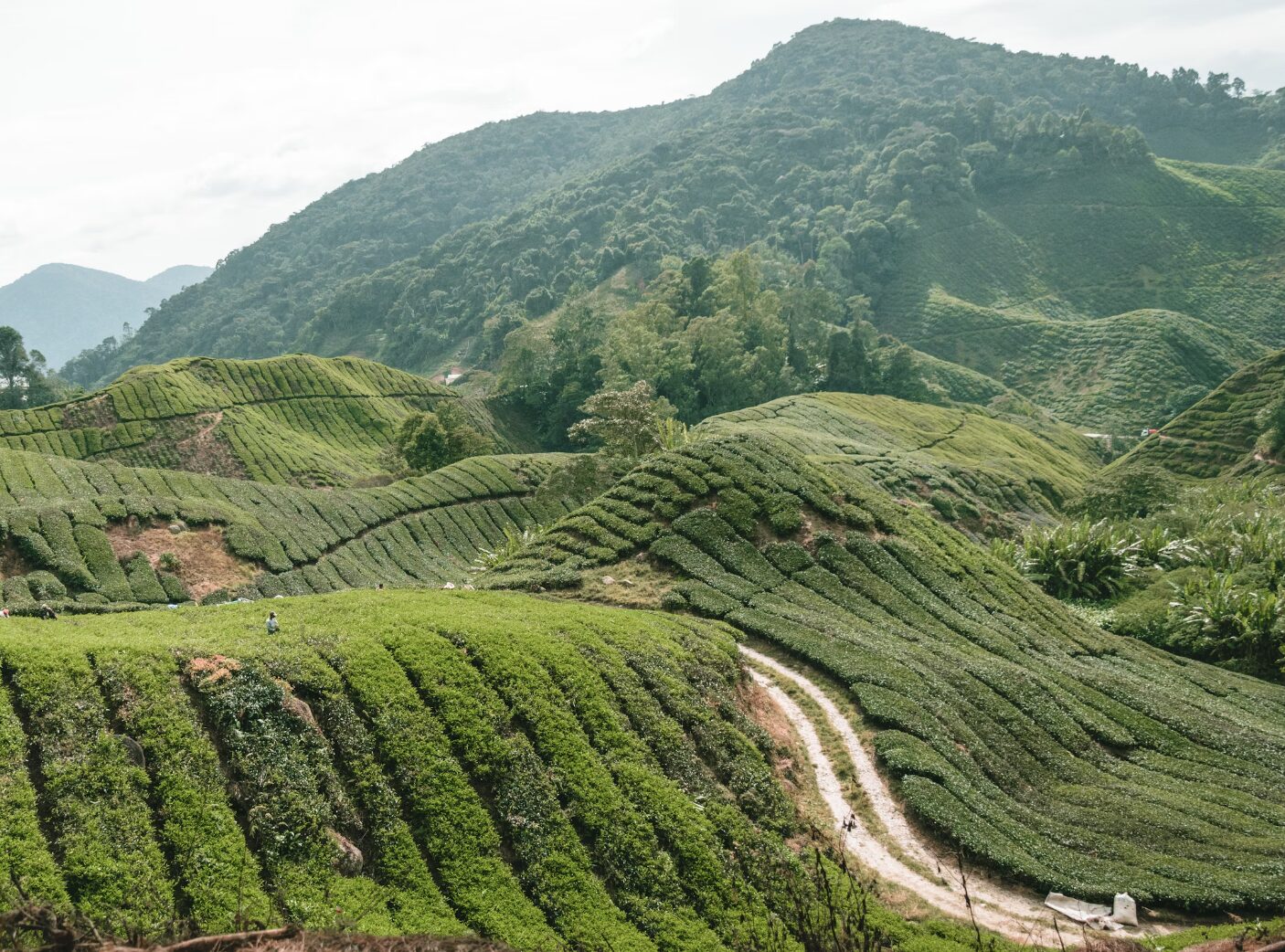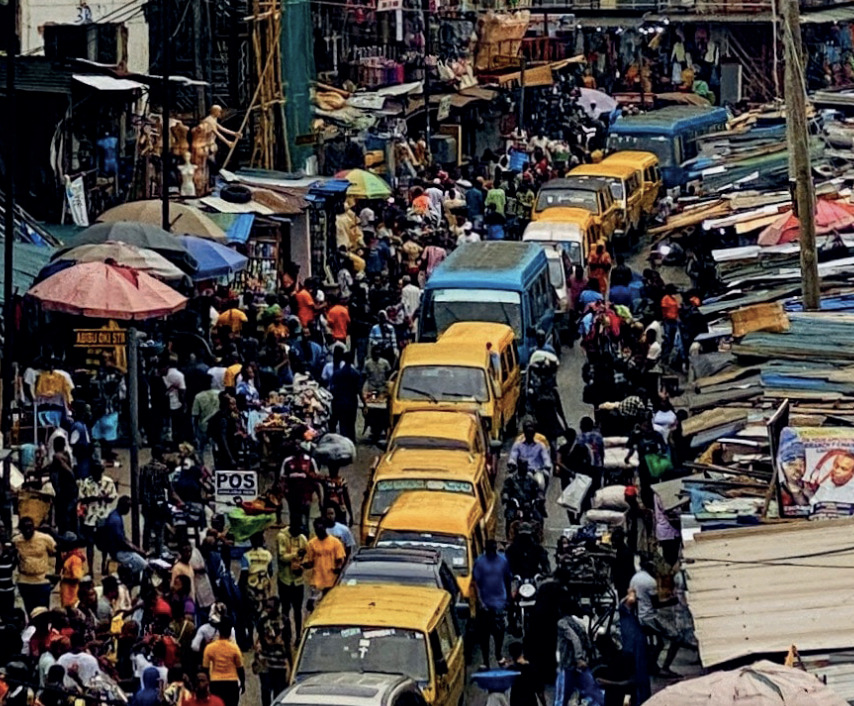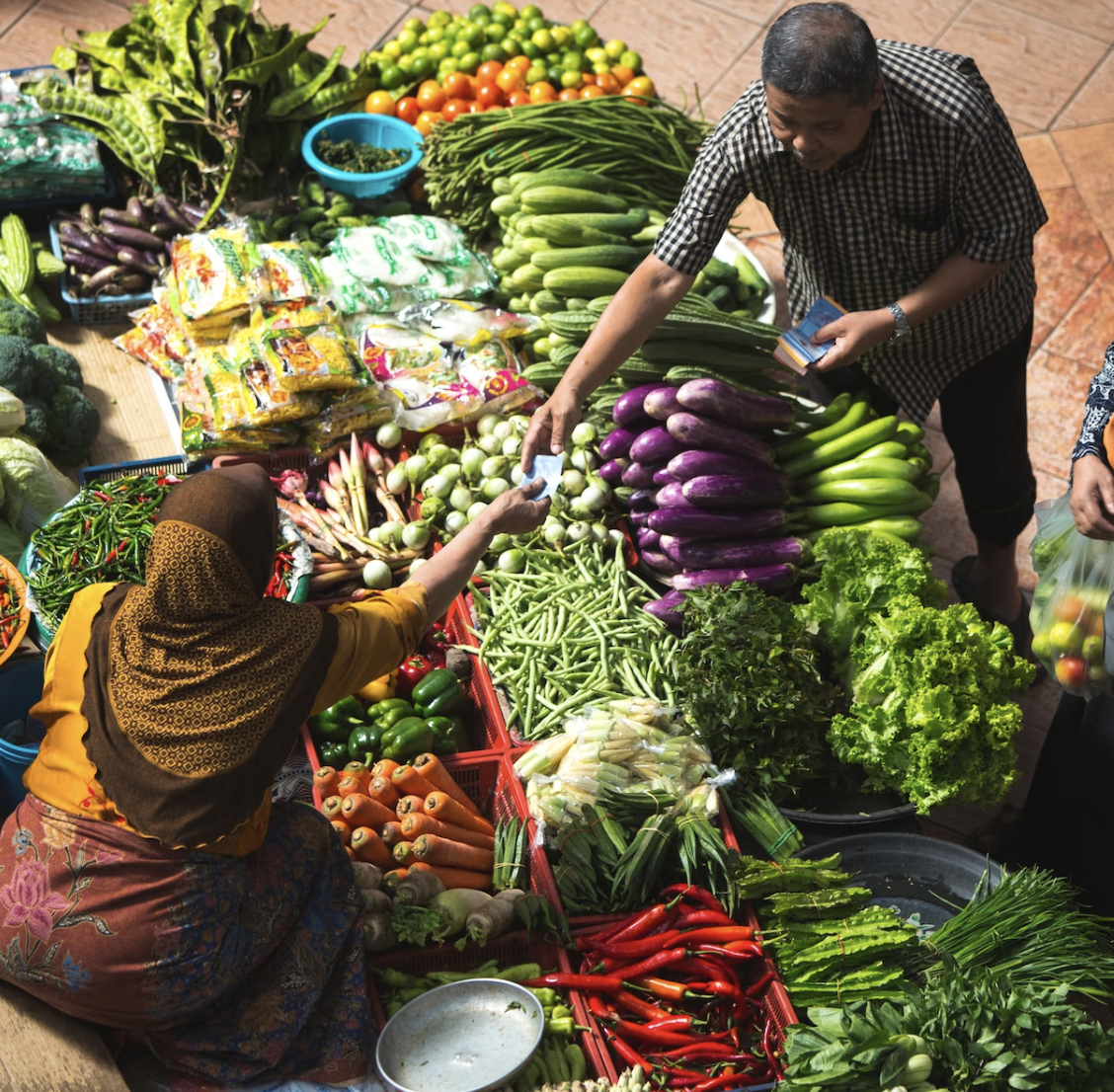The collective advantage: Understanding transboundary climate risks in Southeast Asia and charting a path forward

This article is an abridged version of the original text, which can be downloaded from the right-hand column. Please access the original text for more detail, research purposes, full references, or to quote text.
Introduction
Southeast Asia weaves a rich tapestry interconnected by its geography, from the transboundary forests of Borneo to the vast and vibrant Coral Triangle, as well as its culture, shaped by shared histories, languages, practices, and religions. The region is also bound by bustling trade networks, with exchanges of goods and services across borders, fostering deep economic and social ties.
Consistent with the region’s make up, climate risks in the region are also transboundary in nature. From droughts impacting a shared river basin to water-related risks increasing pressure on migration across borders – the region is facing an urgent need to collectively tackle these challenges. Southeast Asia has taken the necessary first steps towards addressing these issues, but there is more to be done.
This piece aims to outline our perspective on what a systematic roadmap for tackling transboundary climate risks may look like for Southeast Asia. We hope to spark meaningful conversations and connections with various stakeholders such as government actors, private sector players, academic institutions, think tanks, civil society organizations and more to advance this crucial agenda. We believe that collective action is the key to unlocking a vibrant and resilient region together.
The need for collective action
Climate adaptation is mainly planned at the national level and implemented at the local level leaving gaps in addressing regional adaptation issues, particularly concerning transboundary climate risks.
Transboundary climate risks (TCR) – risks introduced by climate impacts outside of one’s own borders – are significant and increasing. Available analysis have shown that transboundary climate risks can be 10x greater than national climate risks, and transboundary risks are expected to increase across water, energy and food sectors.
While there is growing recognition of transboundary risks among regional intergovernmental organizations such as the European Union, ASEAN and African Union, there is still no clear path to collective action.

Source: Adaptation Without Borders, World Resources Institute 2015, Nature “Assessing the climate change exposure of foreign direct investment” 2022, BCG and University of Cambridge Judge Business School report ‘To Understand Climate Mobility, Follow the Water’ 2024)
Transboundary climate risks in Southeast Asia
1. Mekong River: Increasing stress on shared water resource and climate migration
- SEA’s largest river.
- Supports 18 million livelihoods in agriculture and aquaculture.
- Projected annual loss of USD16b in economic productivity by 2050; stemming from farm inundations, saltwater intrusions, etc.
- Projected 3.3 to 6.3 million new climate migrants within national borders between now and 2050; expected to extend to cross-border migration in Vietnam, Cambodia, Thailand and Laos.
2. Bangkok: Global auto supply chain affected by flooding
- Thailand is the region’s leader in automobile manufacturing; produces over 200 million vehicles annually and exports over half to more than 100 countries.
- Floods caused by extreme rainfall and overflows from Chao Phraya River damaged production facilities.
- Impacted Japanese car industry as well as Indonesia, Malaysia and Vietnam.
- Estimated insured losses up to USD10-15 billion from Japanese firms alone.
3. ASEAN: Investment flows at risk in key economic sectors
- Record investment flows due to positive investor sentiment, the move to diversify supply chains, etc.
- Intra-ASEAN investment is second largest Foreign Direct Investment (FDI) source in the region.
- Investments are at most risk in 3 sectors: agriculture, forestry and fishing, mining and manufacturing, representing 37% of ASEAN’s GDP.
- Climate impacts negatively impact official development assistance and migrants’ remittances (77% of migrant workers in ASEAN are from other ASEAN member countries).
4. South China Sea: Further collapse on shared fish stocks
- Houses the most diverse marine habitats, represents $49b of SEA economy.
- Provides livelihoods to Philippines, Indonesia, Malaysia, Thailand and Vietnam.
- Triggers migration of species away from traditional fishing grounds, further reducing an already over exploited fish stock.
- $6.5 billion to 11.4 billion projected losses, representing worst and best-case scenarios in both climate impact and fishing management.
A roadmap towards collective resilience
Southeast Asia must build on this momentum to systematically address TCR through a roadmap towards collective resilience.
Build a comprehensive understanding of TCR in Southeast Asia:
- Facilitate transboundary climate modelling
- Develop TCR case studies
- Collaborate with regional experts and governments
Develop a framework that encourages collective action:
- Consider developing indicators for tracking TCR
- Activate Regional Climate Action Mechanisms
- Explore and collaborate on long-term action plans
Catalyze high-impact transboundary climate adaptation projects:
- Co-develop a pipeline of TCR projects
- Encourage and promote demonstration projects
- Mobilize investments
- Support capacity-building efforts
Refer to the original text to explore each of these recommendations in more detail.





Comments
There is no contentYou must be logged in to reply.